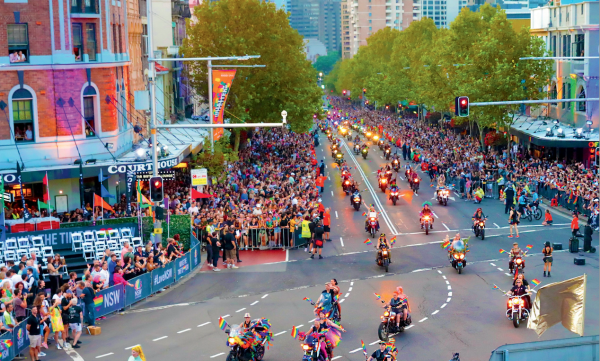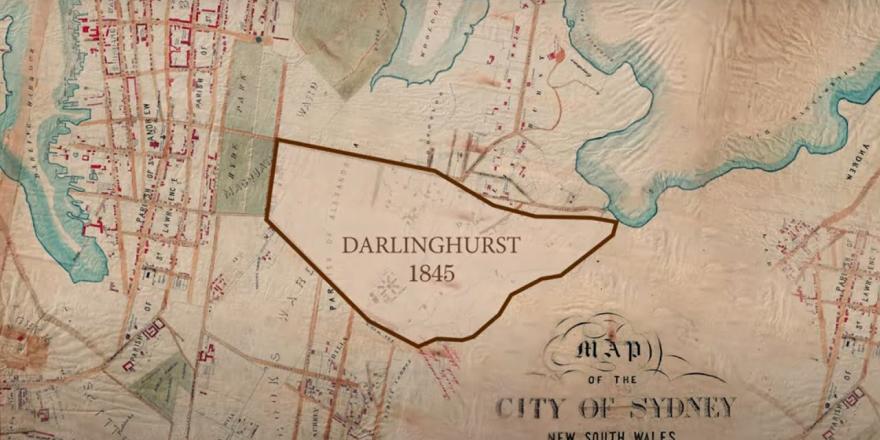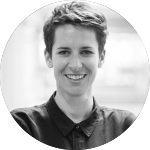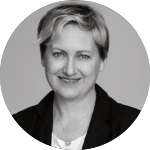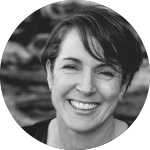Driving Social Change Through Stories of People and Place
Supported by the Paul Ramsay Foundation, The Darlinghurst Public History Initiative is an example of place-based historical method in action - with locals, historians, and creative practitioners co-creating a suite of public history resources that uncover, connect, celebrate and amplify the stories of the area.
Books, podcasts, and digital experiences invite audiences – individuals, organisations, governments - to listen to the diverse voices of Darlinghurst residents over time and to experience its changing landscapes. Each resource presents a unique perspective on the place and people of the area, forming a network of artifacts and evidence to enable social change, guided by a diverse range of Darlinghurst community voices.
-
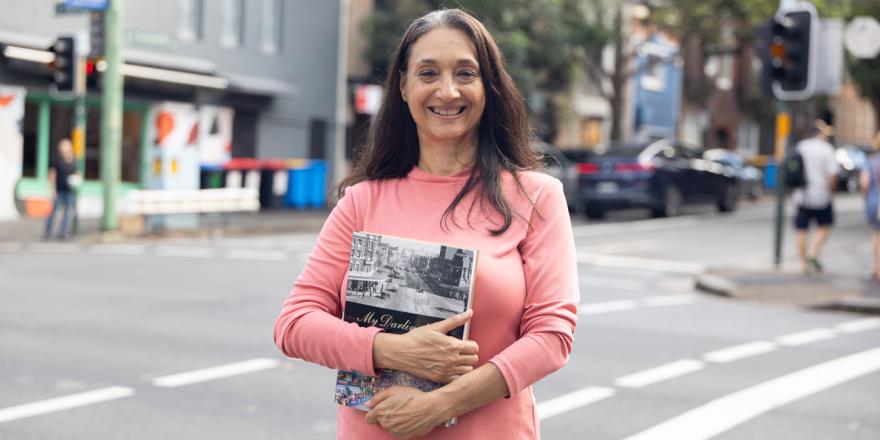
-
My Darlinghurst
The posh and the poor, the criminal and the respectable, the itinerant and the established—all have made their lives in Darlinghurst. Through the illustrated history book, My Darlinghurst, you will experience the stories of migrants, Indigenous people, the razor gangs, the brothels, the soldiers, the wharfies, the artists, and the members of the LGBTQIA+ community who have made Darlinghurst their home.
Edited by Associate Professor Tamson Pietsch, Professor Anna Clark, and Dr Gabrielle Kemmis, with contributions from more than 20 historians.
-
Listen to Darlinghurst
In this series of richly produced audio stories, Darlinghurst’s vibrant social history is brought to life. Listen to voices of past and present—from workers and activists, bohemians and street people, artists and custodians, and entrepreneurs and elite—as they tell stories of a neighbourhood that has long lured Sydney’s most colourful characters. The collection is now Season 5 of the UTS Impact Studios podcast History Lab.
Produced by Catherine Freyne with sound design by Judy Rapley.
-

-
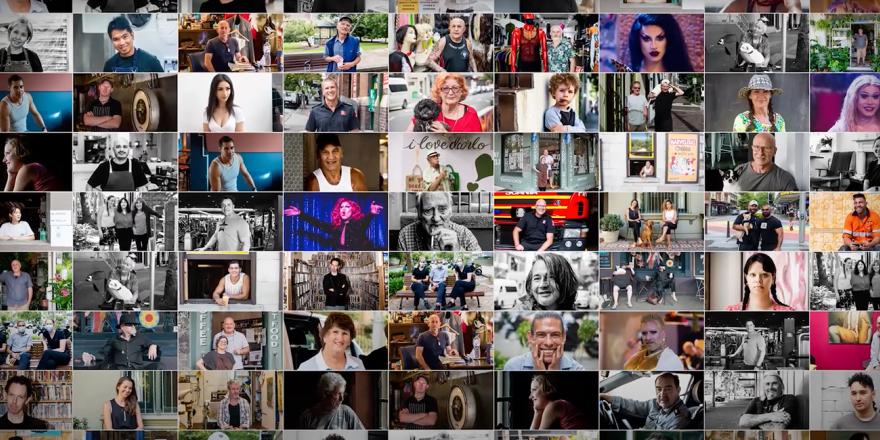
-
Faces of Darlinghurst
By meeting locals, hearing their stories, and producing their portraits, Susan Papazian—in her Faces of Darlinghurst photography series—engaged directly with the captivating people of Darlinghurst. This photo gallery is now housed in the State Library of New South Wales’ collection as well as at the Paul Ramsay Foundation.
Created by Photographer Susan Papazian.
-
Serenade
Wedged between Oxford and William streets, Darlinghurst is a maze of lanes and alleys, steep streets, and connecting stairways that crisscross this compact corner of Gadigal country. The Serenade walking tour, on the City of Sydney’s Culture Walks app, takes users on a journey through Darlinghurst’s past, guiding them through the history of the villains, saints, and sinners of this fascinating place.
Created by Historian Dr Mark Dunn.
-
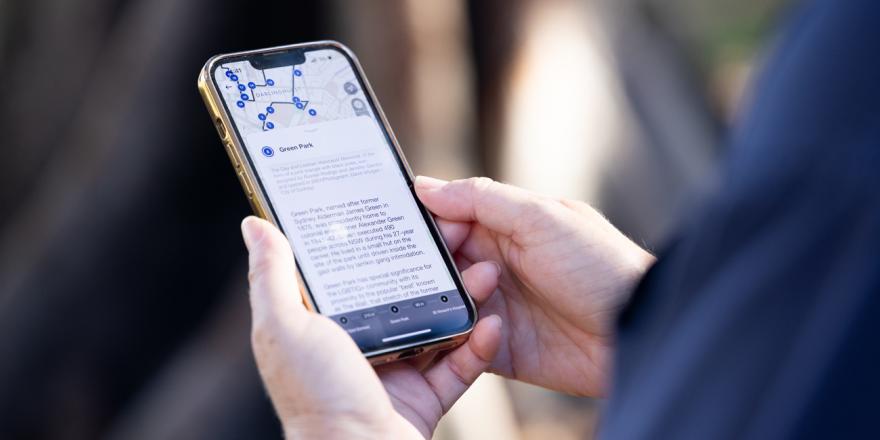
-
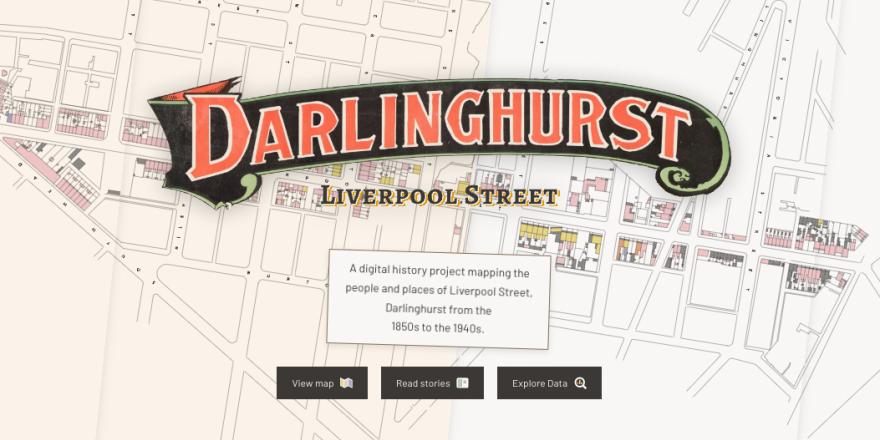
-
Darlo Stories
This digital history project maps the people and places of Darlinghurst’s Liverpool Street from the 1850s to the 1940s. Explore the images, maps, and archival data to witness the evolution of property and population of this place, further enhanced with overlay stories of lives lived along this colourful street.
Created by Historian Nicole Cama, with web developer Nick Clark, and designer-illustrator Wing Pang.
-
Oral Histories
Nineteen oral histories, generously provided by Darlinghurst locals, tell stories of lives rooted in place and convey the rich social worlds of the area. Hear recollections of the old tram that once rattled across the Cutler viaduct. Listen to the memories of a ghostly nun who mysteriously emptied bed pans while on duty at St Vincent’s. Learn about a pair of rock ‘n’ roll fans who followed Chrissy Amphlett to her Womerah Ave flat. And take in the characters that hung out at the Piccolo Bar and squatted in the old gunnery.
Produced by Dr Sarah Gilbert.
-
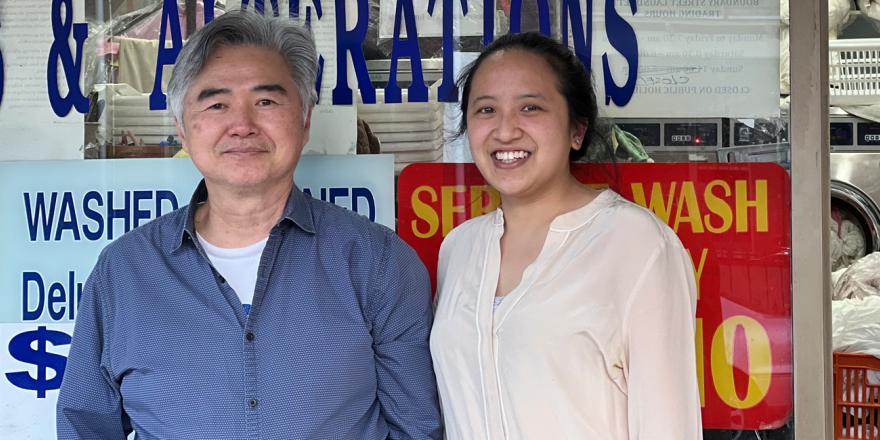
-
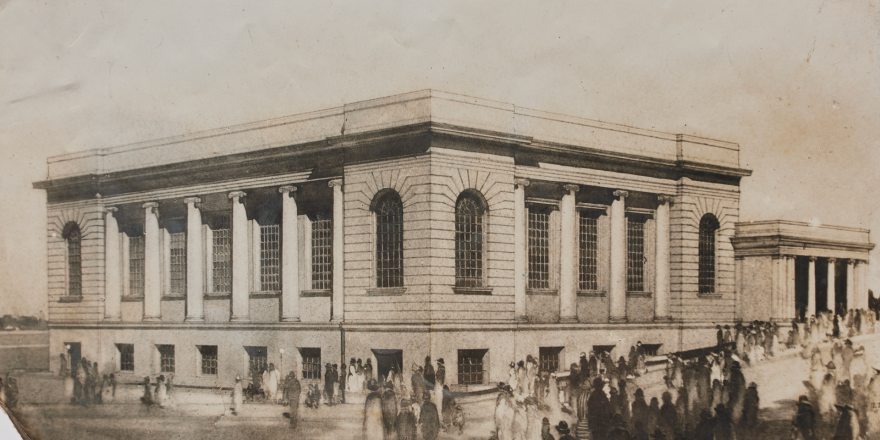
-
Yirranma Place: Stories of a Darlinghurst Corner
This visually rich book explores Yirranma Place, located at 262 Liverpool Street, Darlinghurst. How this corner block became Yirranma Place is story of colonial dispossession, of suburban gentrification, inclusion and exclusion, cycles of disadvantage and intergenerational transfers of wealth. Its tales offer a microcosm of how different institutions – government, law, medicine, religion – have exerted power in Australian society.
Written by Dr Alana Piper
Partnerships are critical to help celebrate new communities and their stories. Contact the team to find out more:
Associate Professor Tamson PietschAssociate Professor, Social and Political Sciences Program Director, Australian Centre for Public History Managing Director, UTS Impact Studios | |
Professor, School of Communication Australian Research Council Future Fellow UTS, Australian Centre for Public History, Australia | |
Executive Producer, Impact Studios | |
Sarah AngusSenior Advancement Manager, Trust And Foundation Philanthropy |
This project is proudly supported by the Paul Ramsay Foundation.
